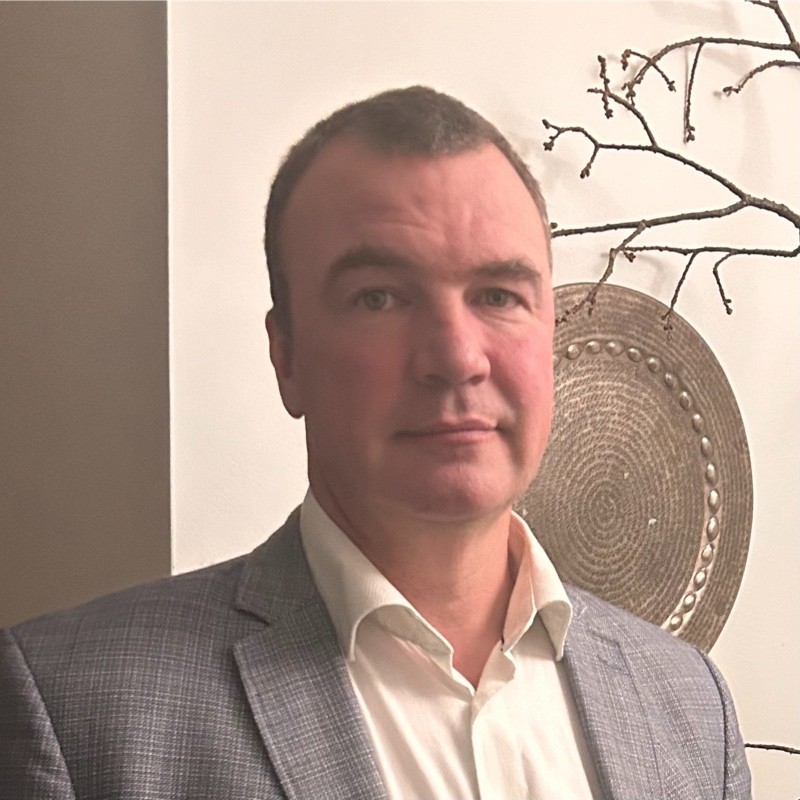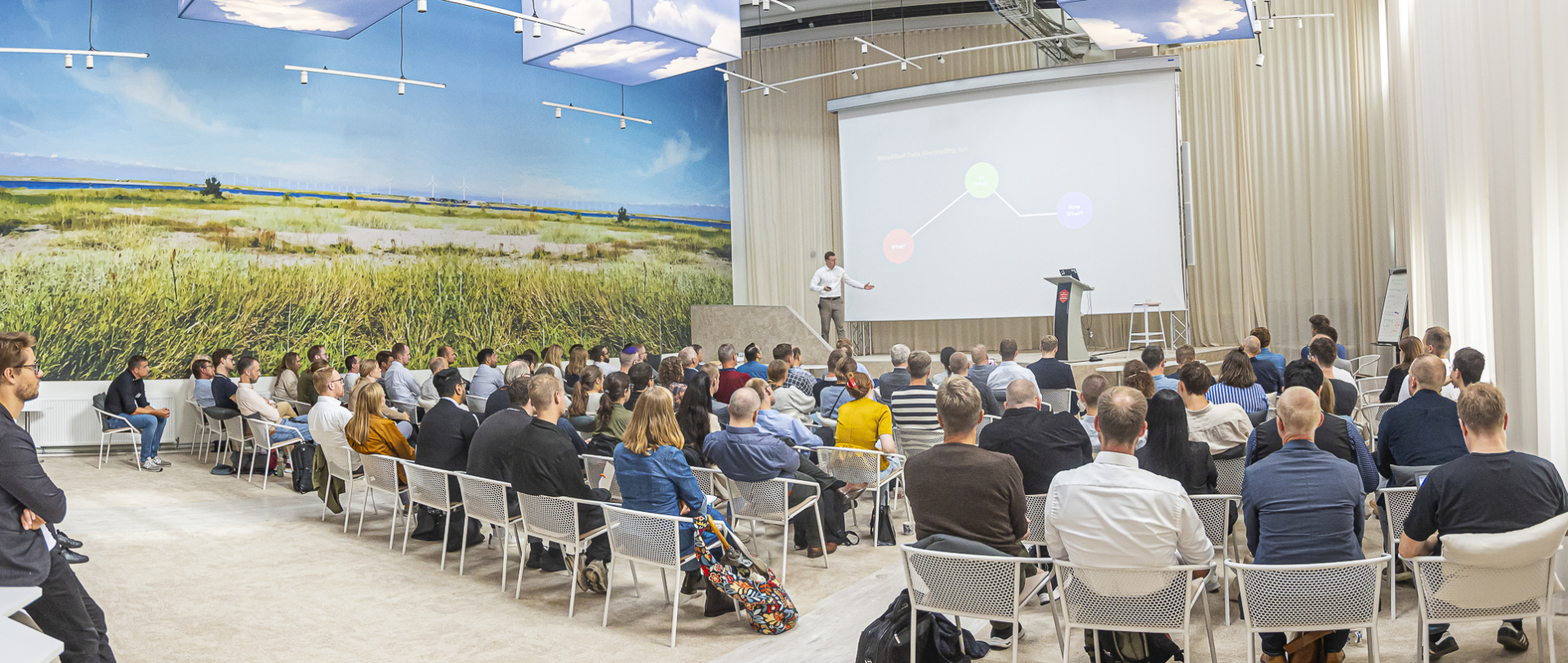
Agenda
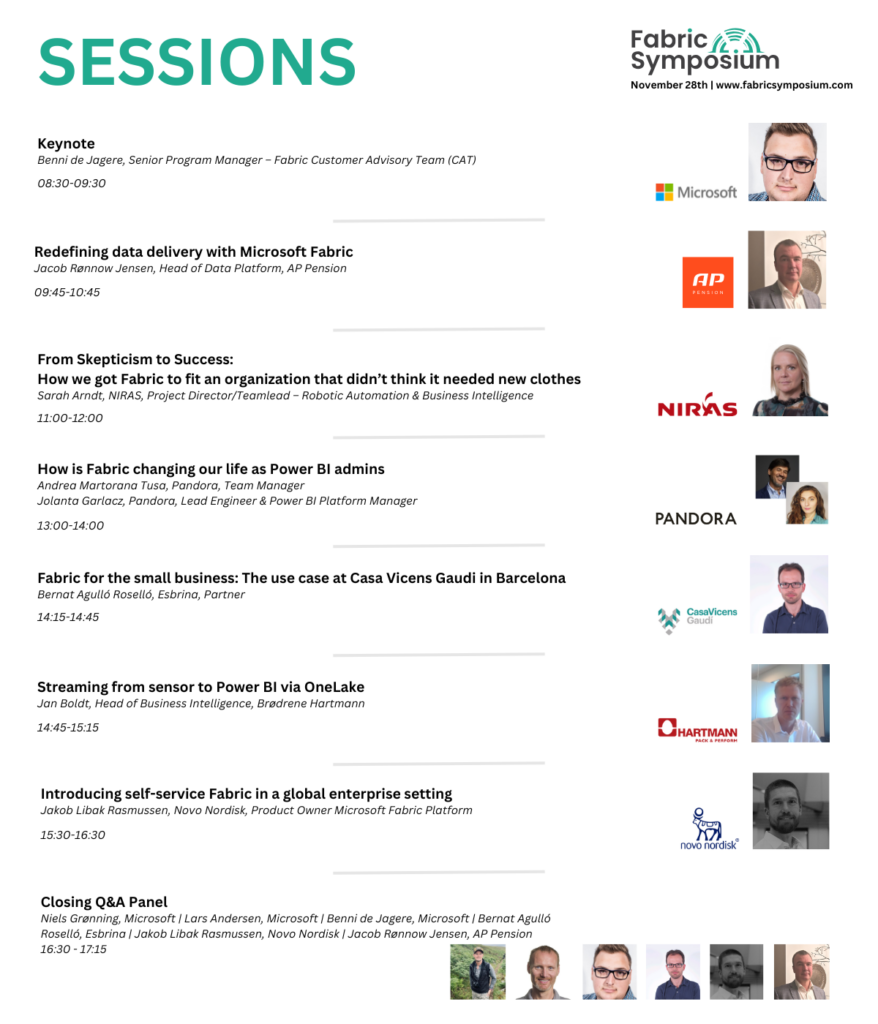
At the Fabric Symposium, you will get to experience the following Customer Stories and Microsoft Presentations:
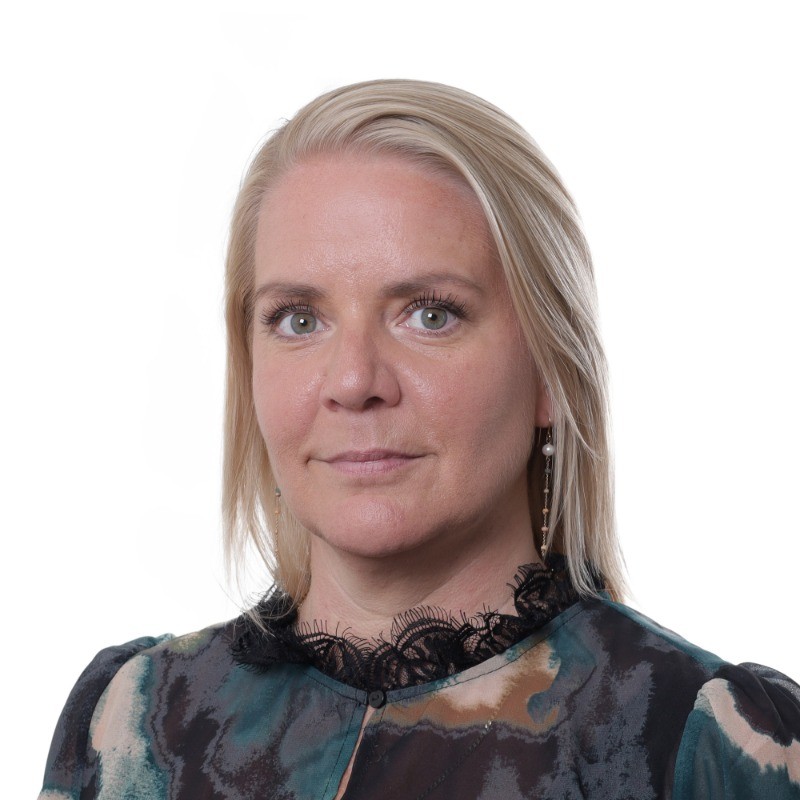
NIRAS
From Scepticism to Success: How we got Fabric to fit an organization that didn’t think it needed new clothes
Sarah Arndt, NIRAS, Project Director/Teamlead –
Robotic Automation & Business Intelligence
How do you convince a governance board to invest in a data platform that’s still in its infancy? It takes a mix of data-driven arguments, strategic timing, and a good dose of persuasion. In this session, I’ll share how to navigate through sceptical questions and concerns about Fabric’s immaturity. We went from ‘Do we really need this?’ to ‘How did we ever manage without it?’ Tune in to hear how we got everyone on board the Fabric train – despite a few creaks under the weight of our ambitions.
Novo Nordisk
Introducing self-service Fabric in a global enterprise setting
Jakob Libak Rasmussen, Novo Nordisk, Product Owner Microsoft Fabric Platform
Jakob Libak Rasmussen, Product Owner for Microsoft Fabric in Novo Nordisk, will share his considerations and approaches when Fabric is added to a Power BI platform geared towards self-service.


Pandora
How is Fabric changing our life as Power BI admins
Andrea Martorana Tusa, Pandora, Team Manager
Jolanta Garlacz, Pandora, Lead Engineer & Power BI Platform Manager
In Pandora we used to have a strong and well-structured governance model for Power BI. From workspaces creation to access control, roles definition, capacity management, monitoring, best practices, every aspect of the platform has been regulated over the time.
The advent of Fabric changed the rules of the game, one more time. Adding new data workloads, new roles and, mostly, a new concept of capacity with a different billing schema.
In this session, we will present how in Pandora we are thinking to shift from the Power BI governance and management to Fabric, to include and support the workloads that are now part of the bigger environment. We will talk about workspaces, domains, roles, creation of Fabric items, capacities handling, metrics app for resources consumption, admin monitoring workspace, monitoring and APIs, costs management.
Sharing and comparing the existing model with the new features to integrate, will help you understand the challenges and the key points for a successful adoption.
Casa Vicens Gaudi / Esbrina
Fabric for the small business: The use case at
Casa Vicens Gaudi in Barcelona
Bernat Agulló Roselló, Esbrina, Partner
Fabric can be the right fit even for small businesses. Casa Vicens Gaudi is a beautiful house made by Gaudi in Barcelona. The house is now a tourist attraction with different types of visits, time slots etc. The managing team was only using the ticketing website reporting, but that was not enough for the insights they wanted. Esbrina implemented a solution in Fabric to extract all the bookings into a lakehouse and built an import-mode semantic model from there. A logic app was used to start and stop the capacity and keep costs very low.

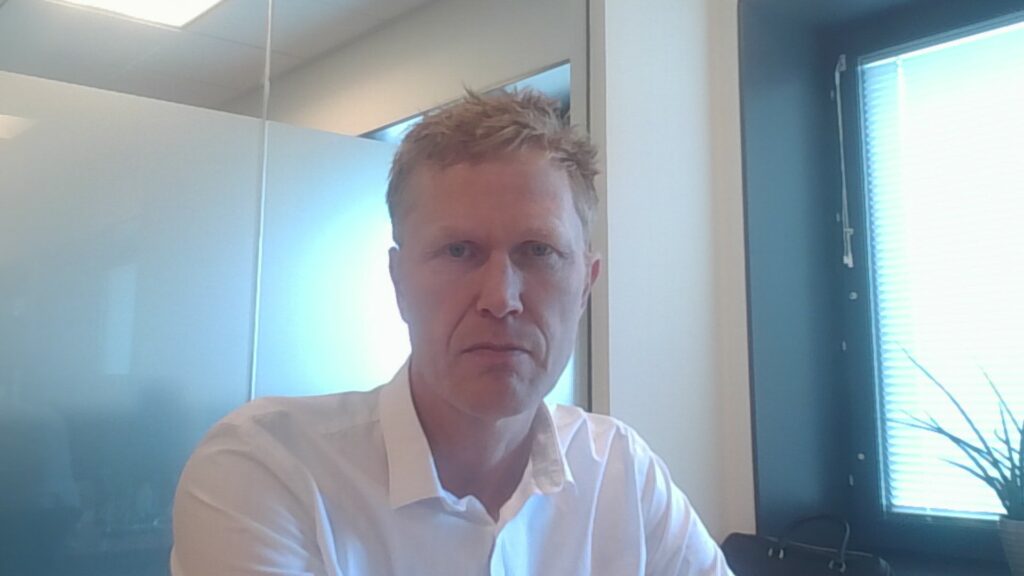
Brødrene Hartmann
Streaming from sensor to Power BI via OneLake
Jan Boldt, Head of Business Intelligence, Brødrene Hartmann
This session is a live demo of an Azure & Fabric Real Time Intelligence setup which enables insight on sensor data from Brødrene Hartmann’s factory in Denmark. Jan Boldt, Head of Business Intelligence, will provide his perspective and insights on Real Time Intelligence in Fabric.
AP Pension
Redefining data delivery with Microsoft Fabric
Jacob Rønnow Jensen, Head of Data Platform, AP Pension
As one of the early adopters of Fabric, AP Pension has built a framework for a modern data platform aligned with the Fabric Release Plan. Head of Data Platform, Jacob Rønnow Jensen, will give his perspective on the current state of Fabric and outline a metadata driven framework complete with central governance of data, shortcuts and artifacts, templates for data ingestion, masking of PII-data, dimensional modelling and CI/CD.
